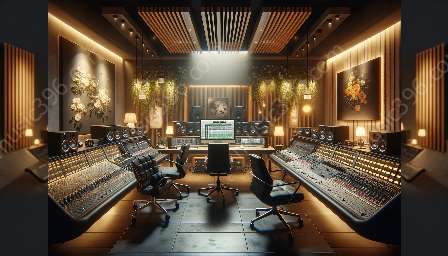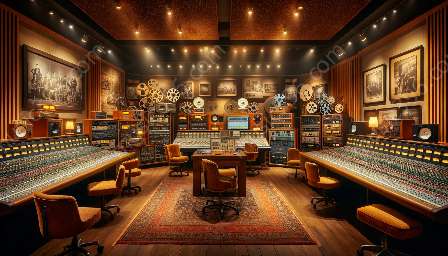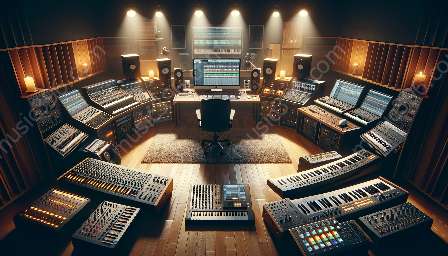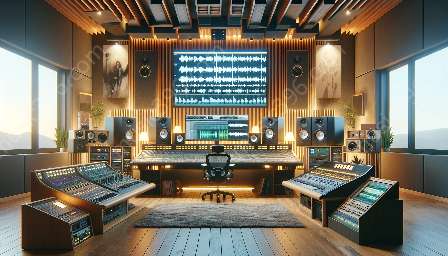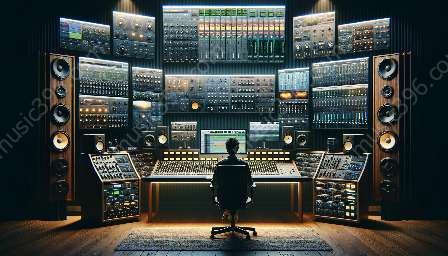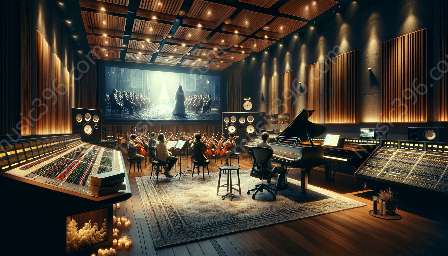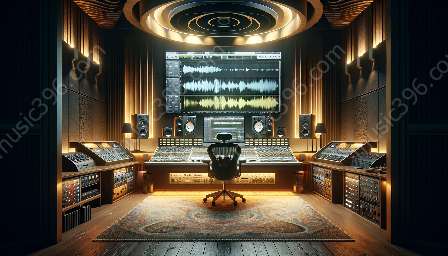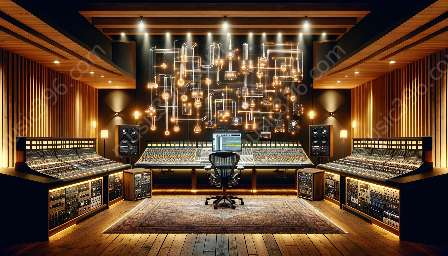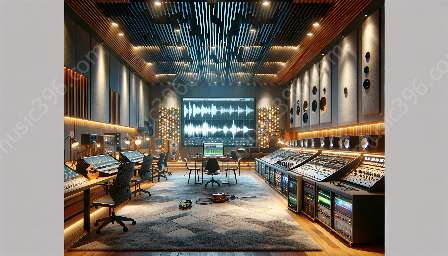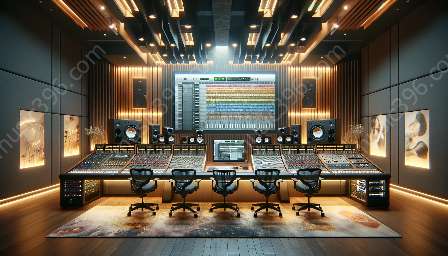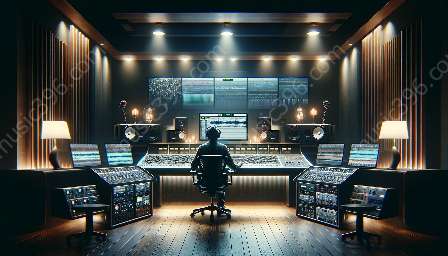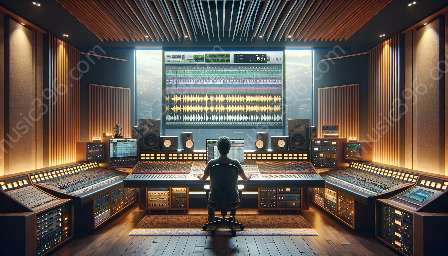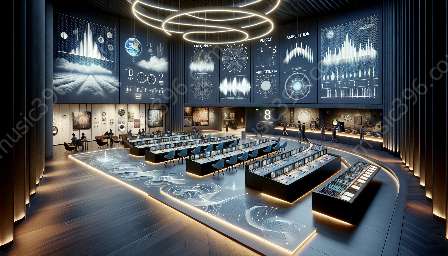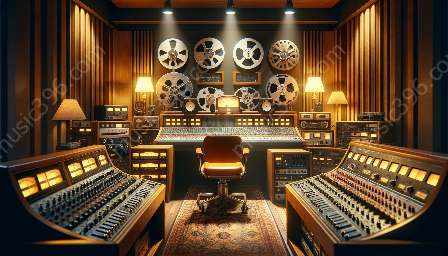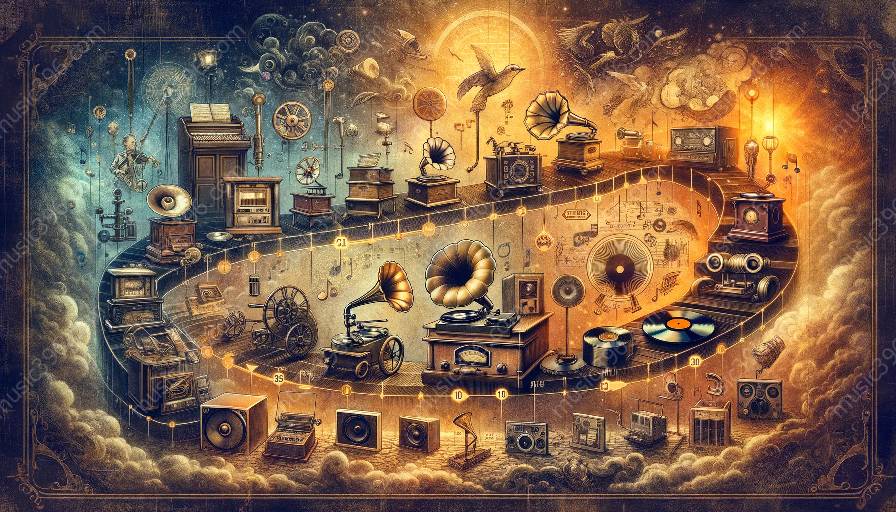Music recording has undergone a remarkable transformation since the invention of the microphone. The history and evolution of music recording technology have been greatly shaped by this pivotal invention, with significant impacts on the quality, creativity, and accessibility of recorded music. Let's delve into the revolutionary changes brought about by the microphone and how it has influenced the way we capture and experience music.
The Early Days of Music Recording
Before the invention of the microphone, music recording was a cumbersome and limited process. Early methods, such as acoustical recording, relied on the direct mechanical coupling of the sound source to a recording device. This method resulted in poor sound quality and limited the types of musical performances that could be effectively captured. It also made it difficult to record subtle nuances and dynamic range, which are crucial elements of music. As a result, the ability to faithfully reproduce the sound of musical performances was severely constrained.
Enter the Microphone
The invention of the microphone, specifically the carbon microphone by Thomas Edison and Emile Berliner's development of the dynamic microphone, revolutionized music recording. The microphone solved the problem of capturing sound by converting acoustic energy into electrical signals. This breakthrough allowed for the faithful reproduction of a wide range of musical performances, from delicate vocals to powerful instrumentals.
With the introduction of the microphone, recording engineers and artists gained the ability to capture the full spectrum of sound, including subtle nuances and dynamic changes. The microphone's sensitivity and ability to pick up a wide range of frequencies transformed the recording process, leading to a significant improvement in the fidelity and realism of recorded music.
Enhanced Creativity and Versatility
The microphone also expanded the creative possibilities in music recording. By providing a means to capture sound with precision and clarity, artists and recording engineers were able to explore new sonic landscapes and experiment with different recording techniques. The microphone allowed for the separation and isolation of individual instruments and vocals, enabling greater control over the recording process and fostering a more nuanced and layered approach to music production.
Furthermore, the microphone's adaptability to different recording environments and its ability to capture intimate acoustic performances or grand orchestral arrangements allowed for a more versatile and diverse range of recorded music. This newfound flexibility in capturing sound contributed to the emergence of various music genres and styles, as artists and producers were empowered to explore and showcase their creative visions in unprecedented ways.
Evolution of Music Recording Technology
The invention of the microphone marked the beginning of a technological revolution in music recording. As recording technology continued to advance, developments in microphone design and construction played a crucial role in shaping the evolution of recording equipment and techniques. New types of microphones, such as condenser and ribbon microphones, emerged, each offering unique sonic characteristics and contributing to the diversity of recorded music.
Advancements in microphone technology also intersected with other innovations in recording, such as the introduction of magnetic tape and the development of multi-track recording. These breakthroughs, combined with improvements in microphone performance and design, elevated the capabilities of recording studios and further expanded the creative possibilities for artists and producers.
Impact on the Music Industry
The invention of the microphone profoundly impacted the music industry, fueling the growth of recording studios and production facilities. The ability to capture high-quality sound with greater fidelity and detail raised the standards for music recording and spurred the demand for skilled recording engineers and producers. As a result, the recording industry flourished, leading to the emergence of iconic recording studios and the proliferation of artists and bands seeking to leverage the power of recorded music.
Additionally, the widespread adoption of microphones in live performance settings facilitated the amplification and broadcasting of music, expanding the reach and impact of live concerts and events. The microphone's role in amplifying and projecting sound revolutionized the live music experience, allowing performers to connect with larger audiences and enhancing the communal enjoyment of music.
The Continuing Influence of the Microphone
Today, the impact of the microphone on music recording remains profound. As recording technology continues to evolve, microphones continue to play a central role in shaping the sonic landscape of recorded music. From studio recording to live performances and remote collaborations, the microphone remains an indispensable tool for capturing and conveying the essence of musical expression.
Furthermore, the ongoing innovation in microphone design and technology, including the advent of digital microphones and advanced signal processing, continues to expand the possibilities for recording and producing music. These developments ensure that the transformative influence of the microphone on music recording will continue to evolve, offering new avenues for artistic expression and sonic exploration.



